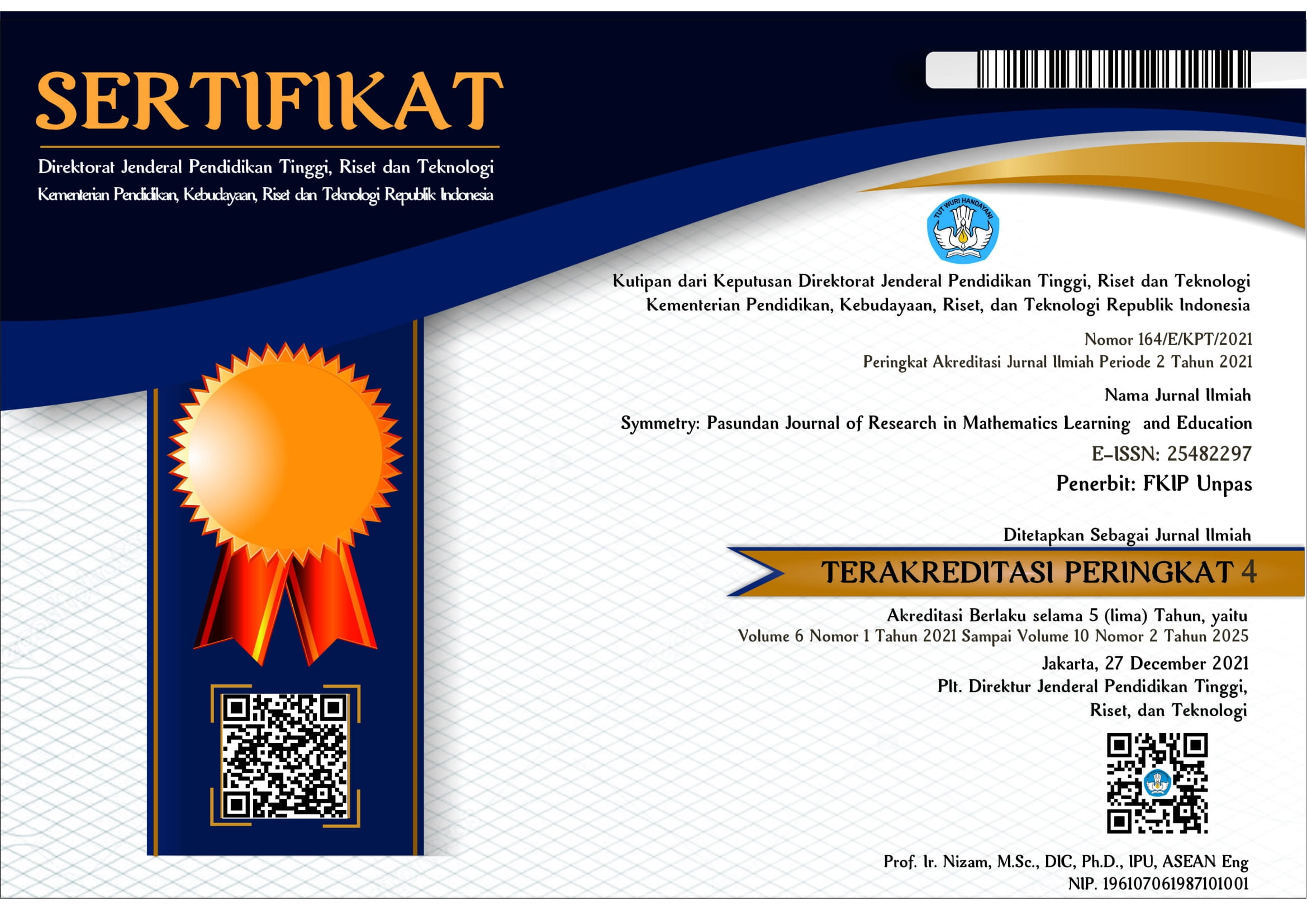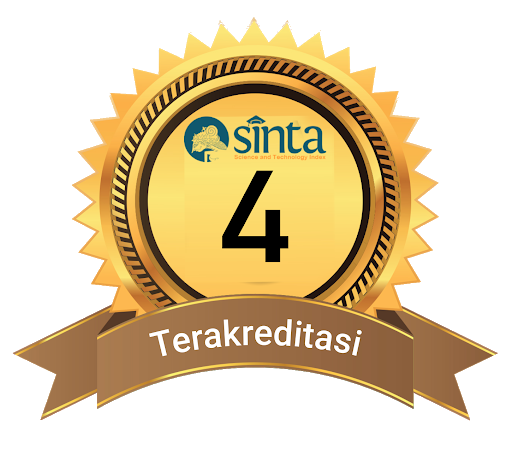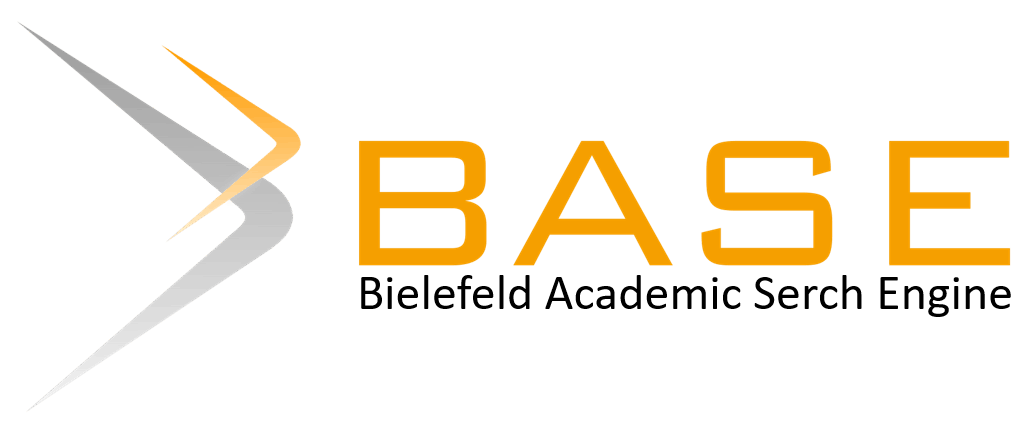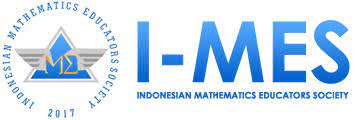ANALISIS KEMAMPUAN COMPUTATIONAL THINKING (CT) PESERTA DIDIK KELAS 8 SMP NEGERI 1 JATINANGOR
Computational Thinking, bilangan
DOI:
https://doi.org/10.23969/symmetry.v9i2.19506Abstract
Computational Thinking (CT) is a high-level thinking skill required for developing 21st-century skills. This research aims to analyze the CT skills of 8th-grade students at SMP Negeri 1 Jatinangor. The research method is qualitative with a descriptive approach. The study population includes all 8th-grade classes at SMP Negeri 1 Jatinangor registered in the odd semester of the 2024/2025 academic year. The sample for this study consists of 30 students from class VIII-A. Data was collected by administering a test with two open-ended questions that cover CT skill indicators: decomposition, pattern recognition, abstraction, and algorithms. From the data analysis, an average score of 36.15 was obtained, with a maximum score of 87.50 and a minimum score of 12.50. The CT abilities of the 8th-grade students at SMP Negeri 1 Jatinangor can be grouped as follows: 10% in the very good category, 13.33% in the good category, 33.34% in the fair category, and 43.33% in the low category. The research findings suggest that, in the very good and good categories, students have achieved all CT skill indicators, although there are minor errors in the good category. In the fair category, students have reached the decomposition indicator but have not met the others. Meanwhile, in the low category, students have not achieved any of the CT skill indicators.
Downloads
References
Anghelo Josué, Bedoya-Flores, M. C., Mosquera-Quiñonez, E. F., Mesías-Simisterra, Á. E., & Bautista-Sánchez, J. V. (2023). Educational Platforms: Digital Tools for the teaching-learning process in Education. Ibero-American Journal of Education & Society Research, 3(1), 259–263. https://doi.org/10.56183/iberoeds.v3i1.626
Ansori, M. (2020). Pemikiran Komputasi (Computational Thinking) dalam Pemecahan Masalah. Dirasah : Jurnal Studi Ilmu Dan Manajemen Pendidikan Islam, 3(1), 111–126. https://doi.org/10.29062/dirasah.v3i1.83
Bebras. (2016). Computational Thingking Chalange 2019. https://bebras.or.id/v3/pembahasan-soal/
Bocconi, S., Chioccariello, G. A., Dettori, A. F., & Engelhardt, K. (2016). Developing Computational Thinking in Compulsory Education. In Joint Research Centre (JRC) (Issue June). https://doi.org/10.2791/792158
Bogdan, R. C., & Biklen, S. K. (2007). Qualitative Research for Education: An Introduction to Theories and Methods (5th ed.). Pearson.
Creswell, J. W. (2014). Research Design: Qualitative, Quantitative, and Mixed Methods Approaches (4th ed.). SAGE Publications.
Doringin, F., Tarigan, N. M., & Prihanto, J. N. (2020). Eksistensi Pendidikan Di Era Revolusi Industri 4.0. Jurnal Teknologi Industri Dan Rekayasa (JTIR), 1(1), 43–48. https://doi.org/10.53091/jtir.v1i1.17
Effendi, D., & Wahidy, D. A. (2019). Pemanfaatan Teknologi Dalam Proses Pembelajaran Menuju Pembelajaran Abad 21. Prosiding Seminar Nasional Pendidikan Program Pascasarjana Universitas Pgri Palembang, 125–129.
Fitriyani, F., & Teguh Nugroho, A. (2022). Literasi Digital Di Era Pembelajaran Abad 21. Literasi Jurnal Pengabdian Masyarakat Dan Inovasi, 2(1), 307–314. https://doi.org/10.58466/literasi.v2i1.1416
Juldial, T. U. H., & Haryadi, R. (2024). Analisis Keterampilan Berpikir Komputasional dalam Proses Pembelajaran. Jurnal Basicedu, 8(1), 136–144. https://doi.org/10.31004/basicedu.v8i1.6992
Kahar, M. I., Cika, H., Nur Afni, & Nur Eka Wahyuningsih. (2021). Pendidikan Era Revolusi Industri 4.0 Menuju Era Society 5.0 Di Masa Pandemi Covid 19. Moderasi: Jurnal Studi Ilmu Pengetahuan Sosial, 2(1), 58–78. https://doi.org/10.24239/moderasi.vol2.iss1.40
Lestari, S., & Roesdiana, L. (2023). Analisis Kemampuan Berpikir Komputasional Matematis Siswa Pada Materi Program Linear. RANGE: Jurnal Pendidikan Matematika, 4(2), 178–188. https://doi.org/10.32938/jpm.v4i2.3592
M. Gunawan Supiarmo, Turmudi, & Elly Susanti. (2021). Proses Berpikir Komputasional Siswa Dalam Menyelesaikan Soal Pisa Konten Change and Relationship Berdasarkan Self-Regulated Learning. Numeracy, 8(1), 58–72. https://doi.org/10.46244/numeracy.v8i1.1378
Meitjing, P., & Fuad, Y. (2023). Berpikir Komputasional Siswa Smp Dalam Menyelesaikan Masalah Matematika. EduMatSains : Jurnal Pendidikan, Matematika Dan Sains, 8(1), 104–113. https://doi.org/10.33541/edumatsains.v8i1.4976
Muhammad Zuhair, Z. (2020). Telaah kerangka kerja PISA 2021 : Era Integrasi Computational Thinking dalam Bidang Matematika. Prosiding Seminar Nasional Matematika, 3(2020), 706–713. https://journal.unnes.ac.id/sju/index.php/prisma/
Natali, V. (n.d.). Mata Kuliah Pilihan Computational Thingking. In Kepala Pusat Asesmen dan Pembelajaran Badan Penelitian dan Pengembangan dan Perbukuan Kementerian Pendidikan, Kebudayaan, Riset, dan Teknolog.
Purnasari, P. D. dan Y. D. S. (2023). Pemanfaatan Teknologi dalam Pembelajaran sebagai Upaya Peningkatan KompetesnsiPedagogik. Jurnal Publikasi Pendidikan , 10(3).
Rifa Hanifa Mardhiyah, Sekar Nurul Fajriyah Aldriani, Febyana Chitta, & Muhamad Rizal Zulfikar. (2021). Pentingnya Keterampilan Belajar di Abad 21 sebagai Tuntutan dalam Pengembangan Sumber Daya Manusia. Lectura : Jurnal Pendidikan, 12(1), 29–40. https://doi.org/10.31849/lectura.v12i1.5813
Rijal Kamil, M., Ihsan Imami, A., Prasetyo Abadi, A., Matematika, P., & Singaperbangsa Karawang, U. (2021). Analisis kemampuan berpikir komputasional matematis Siswa Kelas IX SMP Negeri 1 Cikampek pada materi pola bilangan. AKSIOMA: Jurnal Matematika Dan Pendidikan Matematika, 12(2), 259–270.
Rosita, N. T., & Yuliawati, L. (2017). Analisis Kemampuan Pemecahan Masalah Matematis Pada Materi Aljabar Smp Berdasarkan Disposisi Matematis. Symmetry: Pasundan Journal of Research in Mathematics Learning and Education, 2(1), 123–128. https://doi.org/10.23969/symmetry.v2i2.565
Safitri, T., Ginting, T. L. B., Indriani, W., & Siregar, R. (2024). Analisis Kemampuan Berpikir Komputasi Matematis Siswa pada Pembelajaran Matematika. Bilangan : Jurnal Ilmiah Matematika, Kebumian, Dan Angkasa, 2(2), 10–16.
Sormin, R. P. A., & Ratuanik, M. (2023). Analysis of Students’ Mathematical Representation Ability in Solving Divergen Mathematics Problems in View of Gender Differences. Jurnal Eduscience, 10(1), 264–272. https://doi.org/10.36987/jes.v10i1.3805
Trisnapradika, G. A., Pertiwi, A., Prabowo, W. E. A., Setiyanto, N. A., & Putra Sumarjono, C. A. (2024). Pelatihan Model Computational Thinking bagi Guru TK dan SD Gaussian Kamil School Semarang. Abdimasku : Jurnal Pengabdian Masyarakat, 7(2), 576. https://doi.org/10.62411/ja.v7i2.1888
Wing, J. M. (2006). Computational thinking. Communications of the ACM, 49(3), 33–35. https://doi.org/10.1145/1118178.1118215
Downloads
Published
Issue
Section
License
Copyright (c) 2024 Symmetry: Pasundan Journal of Research in Mathematics Learning and Education

This work is licensed under a Creative Commons Attribution 4.0 International License.
Hak Cipta sepenuhnya ditangan jurnal.



















